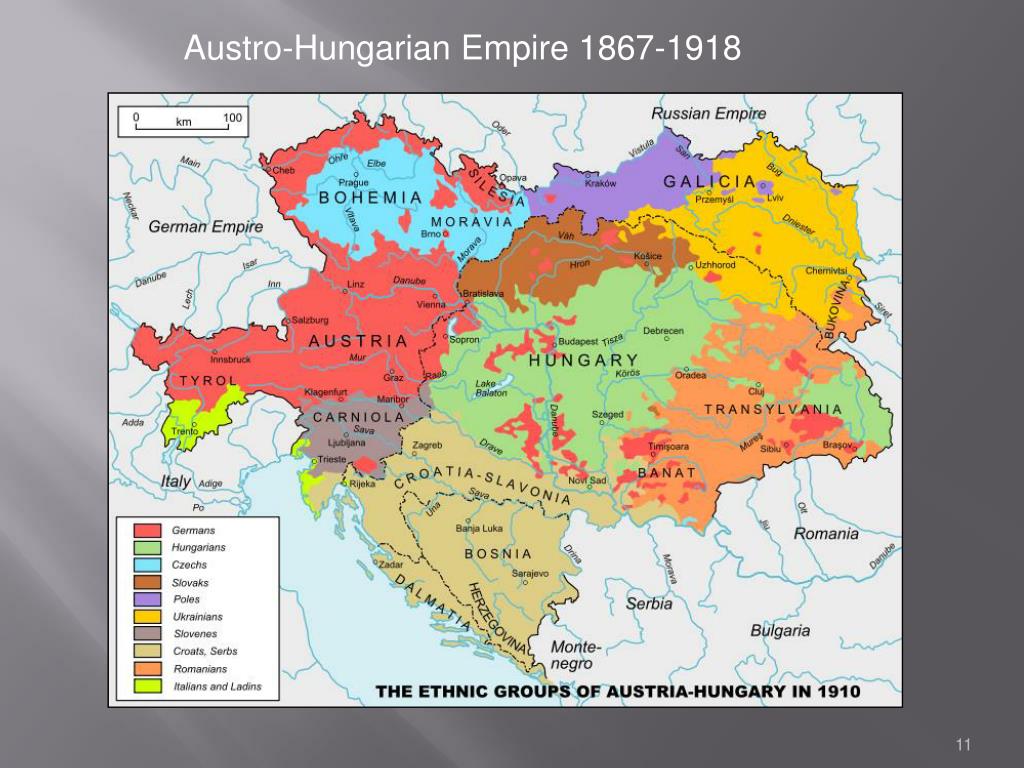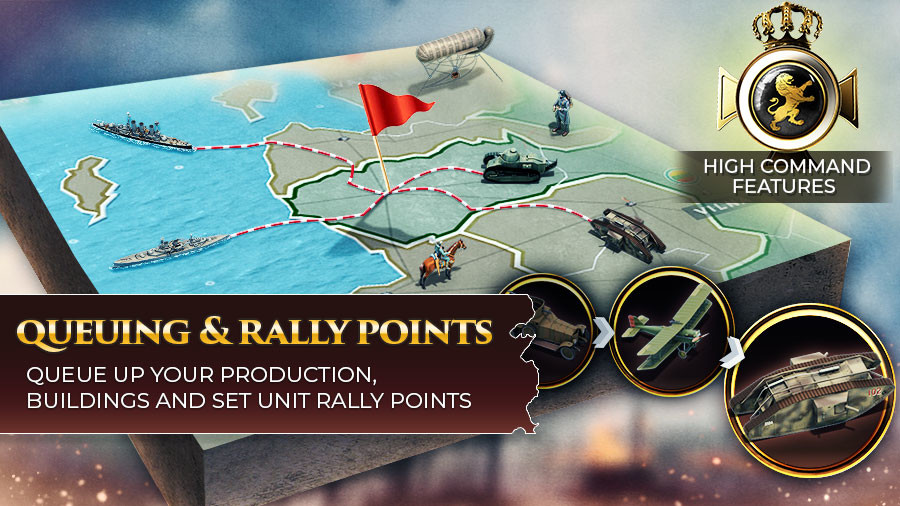
The Austro-Hungarian Army entered the battles of 1914 with its forces drawn up in the same way as they had been every year for general manoeuvres. 3 rd phase: “Second static war”/zonal tactics (autumn 1917 - end of the war).2 nd phase: “First static war”/linear tactics (May 1915 - autumn 1917).1 st phase: War of movement (summer 1914 - spring 1915).On taking this “general” disposition of forces into account, it is possible to divide the Austro-Hungarian Army’s tactics into three phases: Since attack and defence are two completely different forms of combat, and offensive tactics did not necessarily affect the basic defensive plan or vice versa, a clear definition of the various procedures requires a basic analysis of marching movements, deployments and combat methods. The last set of general rules to be developed and implemented before the war was the Exerzierreglement (training manual), introduced for the infantry in 1911. The basic theory and guidelines in these books were taught at the various military institutes and in courses to instruct officers and non-commissioned officers and coordinate the training of newly conscripted recruits. This lay in the hands of the military elite itself.Īt the beginning of the war, numerous tracts on training regulations and handbooks were used by the Austro-Hungarian Army. Neither politics nor the “general situation” could be held responsible for the tactics, leadership and training of the army.

There was as yet no real battle doctrine. Though it cannot be denied that political problems within the monarchy, the so-called “dualistic” aspect, were a factor, military leaders certainly used them to disguise the obvious shortcomings of their own outdated combat methods. Over-cautious defence policies were seen as a direct result of the political situation within the Dual Monarchy, and those to blame were the top political figures in power before the war.

In retrospect, top military leaders evaluating the military disasters of campaigns against Russia and in the Balkans in the summer and autumn of 1914 would cite this decline in the army’s methods and equipment, and more importantly in its numbers, as the crucial factors. The army that went to battle in August 1914 had neither the equipment nor the strategic or tactical vision that it should have had, given the modern experience of war gained in Asia, Africa and the Balkans in the early 20 th century.


 0 kommentar(er)
0 kommentar(er)
